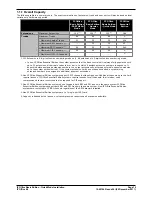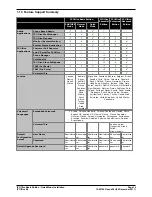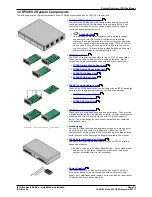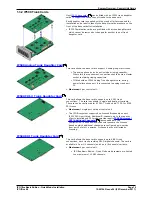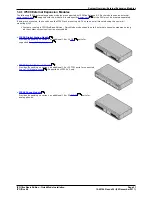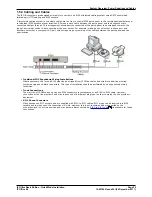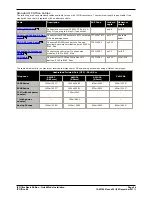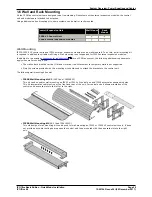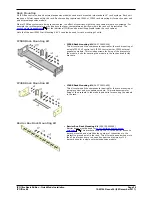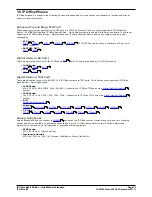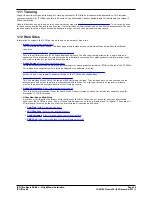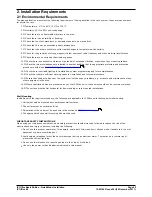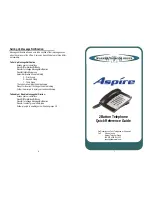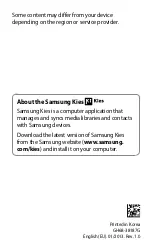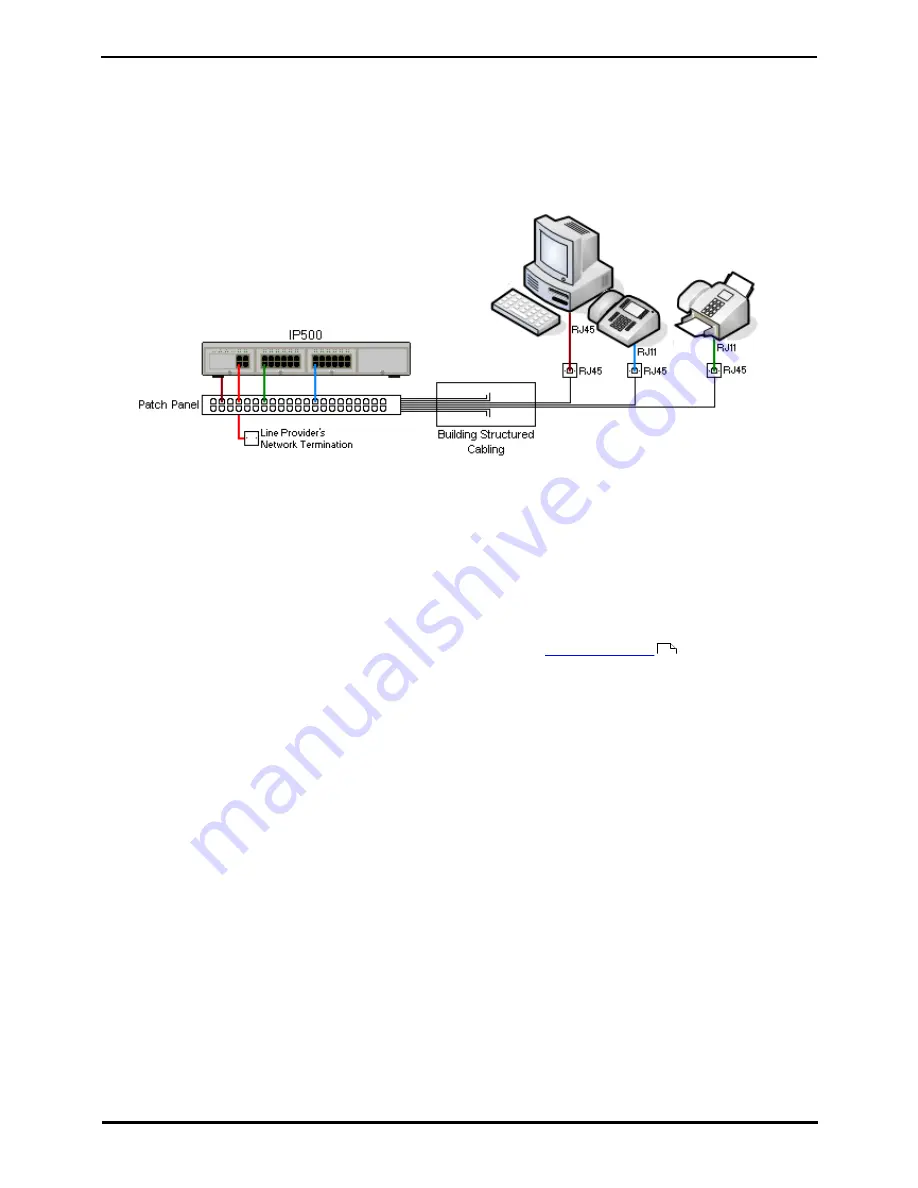
IP Office Basic Edition - Quick Mode Installation
Page 25
15-601042 Issue 24i (20 December 2011)
IP Office 8.0
System Overview: Power Supplies and Cables
1.5.4 Cabling and Cables
The IP Office systems are designed primarily for use within an RJ45 structured cabling system using CAT3 unshielded
twisted-pair (UTP) cabling and RJ45 sockets.
A structured cabling system is one where cables are run from a central RJ45 patch panel in the communications/data room
to individual RJ45 sockets at user locations. All wires in each cable between the patch panel and the desk socket are
connected straight through. This arrangement allows devices connected at the patch panel to be swapped to match the
type of device that needs to be connected at the user socket. For example, making one user socket a phone port and
another user socket a computer LAN port, without requiring any rewiring of the cables between the patch panel and the
user location.
·
Traditional IDC Punchdown Wiring Installations
Where necessary, the far end RJ45 plug can be stripped from IP Office cables and wired into traditional wiring
systems using punch-block connectors. This type of installation should be performed by an experienced wiring
technician.
·
Trunk Connections
The majority of IP Office trunk ports use RJ45 connectors for acceptance of an RJ45-to-RJ45 cable. However,
connection at the line provider's end may require use of a different plug type in order to match the line providers
equipment.
·
RJ11 Phone Connectors
Many phones use RJ11 sockets and are supplied with RJ11-to-RJ11 cables. RJ11 plugs can be inserted into RJ45
sockets and in many case the connection will work. However this is not recommended or supported as the
connection lock is not truly positive and may become disconnected. An
RJ45-to-RJ11 cable
is available for these
connections.
224


